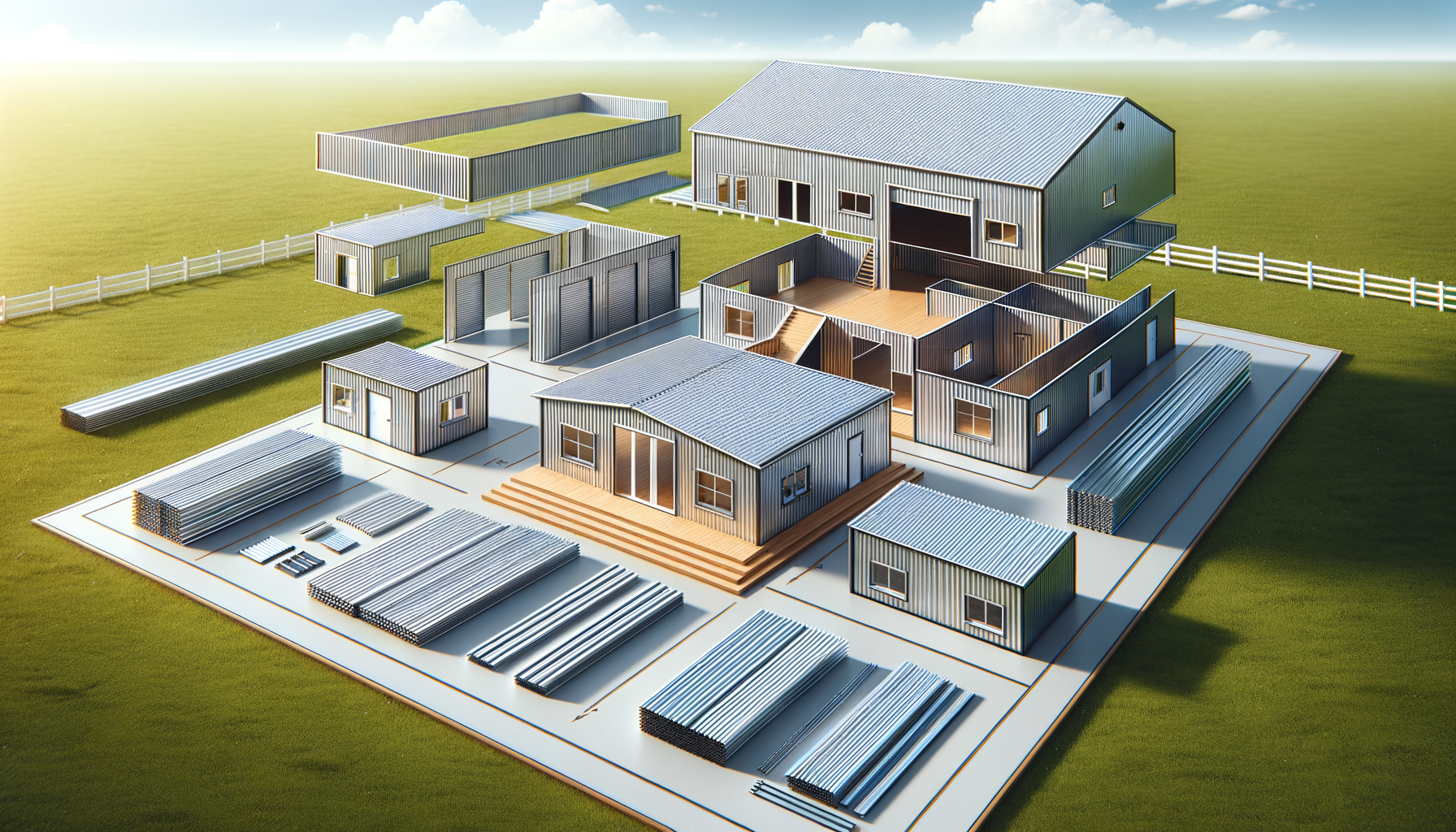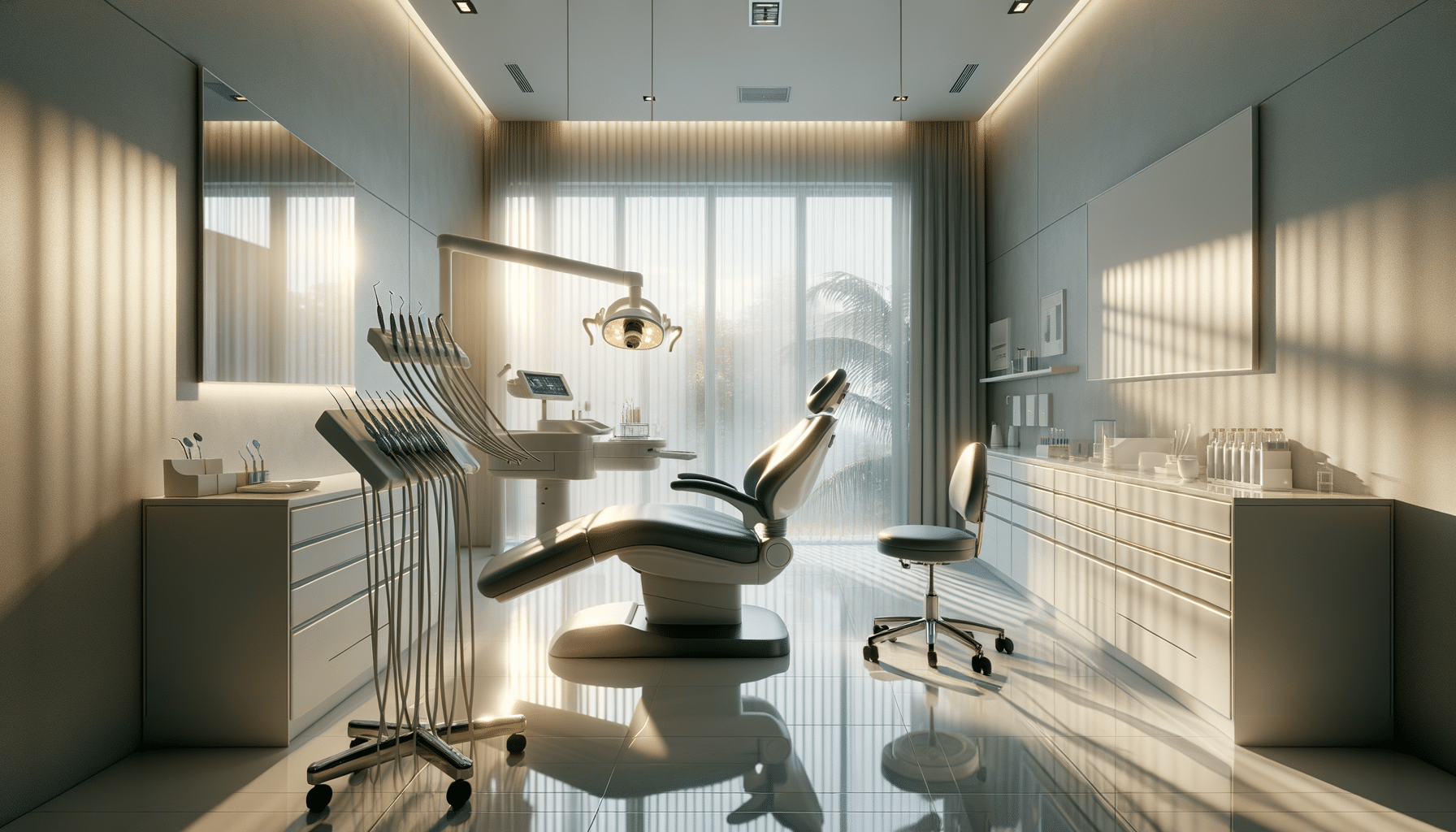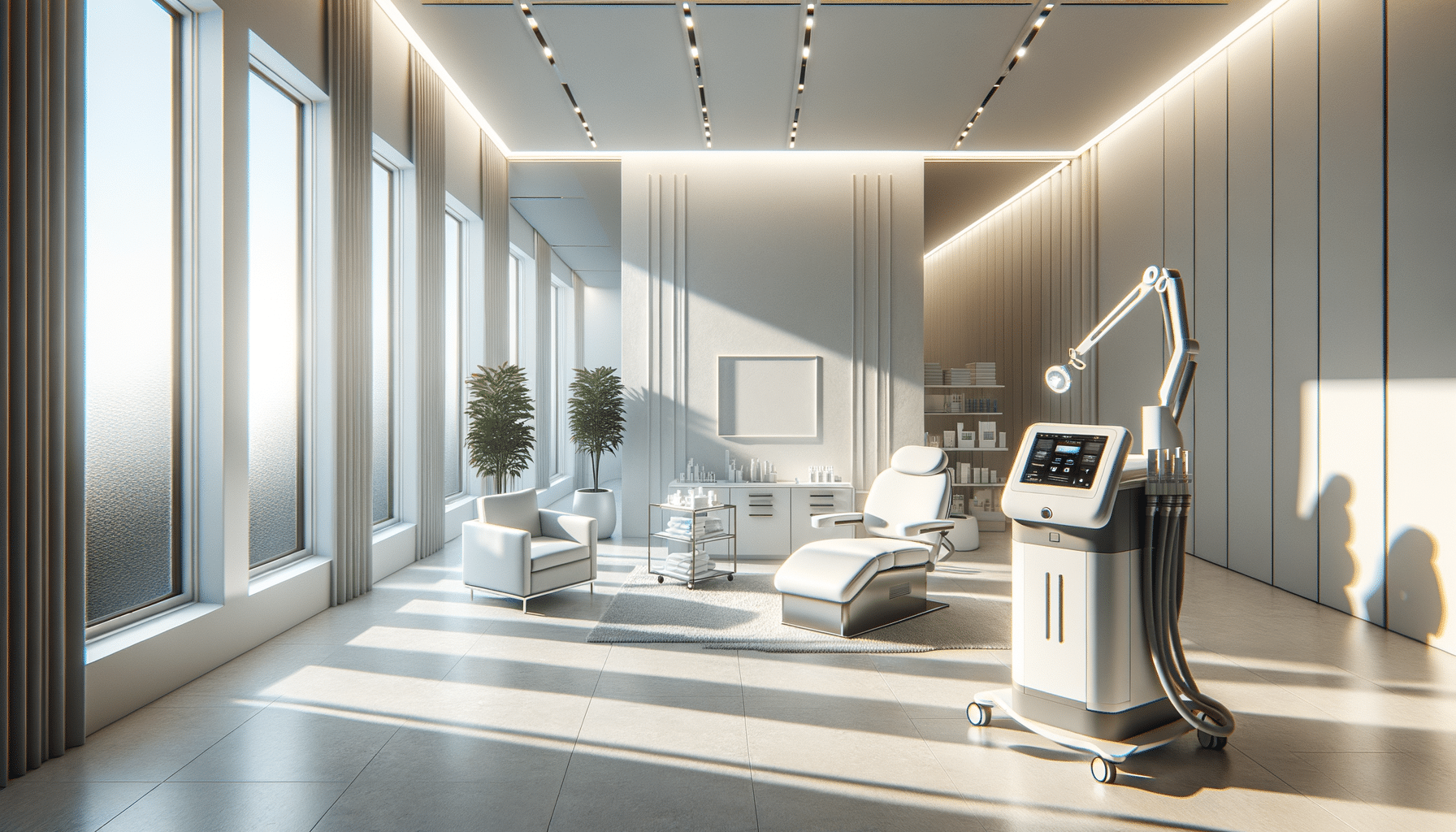
The Advantages of Using Prefab Metal Building Kits
Introduction to Metal Building Kits
Metal building kits have revolutionized the construction industry by offering a flexible, cost-effective, and durable solution for a variety of building needs. These kits are prefabricated, meaning that the components are manufactured off-site and then assembled on location. This approach not only reduces construction time but also minimizes waste, making it an environmentally friendly option. Whether you are looking to build a garage, workshop, or even a commercial warehouse, metal building kits provide a viable and efficient option.
The popularity of metal building kits is largely due to their versatility. They can be customized to suit specific requirements, such as size, design, and functionality. This adaptability makes them suitable for a wide range of applications, from residential to industrial. Moreover, the use of metal as a primary material ensures that the structures are resilient to various weather conditions, including heavy snow, strong winds, and even seismic activities.
In this article, we will explore the various benefits of metal building kits, compare them to traditional construction methods, and discuss their applications across different sectors.
Cost-Effectiveness and Efficiency
One of the most compelling reasons to choose metal building kits is their cost-effectiveness. Traditional construction methods often involve higher labor costs and longer build times, which can significantly increase the overall budget. In contrast, metal building kits are designed for quick assembly, often requiring fewer workers and less time to complete. This efficiency translates into significant savings on labor costs.
Moreover, the prefabrication process allows for precise manufacturing, reducing material waste and ensuring that every component fits perfectly. This precision minimizes the need for on-site adjustments, further saving time and resources. Additionally, because the components are manufactured in a controlled environment, there is less risk of weather-related delays, a common issue in traditional construction.
Overall, the streamlined process of assembling metal building kits not only cuts down on costs but also allows for faster project completion, enabling businesses to start operations or homeowners to move in sooner than if they opted for conventional building methods.
Durability and Low Maintenance
Metal building kits are known for their exceptional durability. The primary material used is steel, which is renowned for its strength and longevity. Steel structures are resistant to many of the common issues that plague traditional buildings, such as rot, mold, and pest infestations. This resilience ensures that metal buildings require less maintenance over time, saving owners both money and effort in the long run.
In addition to their inherent strength, metal buildings are often coated with protective finishes that enhance their resistance to corrosion and weather elements. This means that even in harsh climates, a well-maintained metal building can last for decades without significant deterioration.
The durability of metal building kits also makes them an attractive option for areas prone to natural disasters. Their robust construction can withstand high winds, heavy snow loads, and even seismic activities, providing peace of mind to owners concerned about the safety and longevity of their investment.
Design Flexibility and Customization
Another significant advantage of metal building kits is their design flexibility. Unlike traditional construction, which can be limited by materials and techniques, metal buildings offer a wide range of customization options. From the size and shape of the structure to the choice of doors, windows, and finishes, these kits can be tailored to meet specific needs and preferences.
Many manufacturers offer a variety of design templates that can be modified to suit different purposes, whether it’s a simple storage shed or a complex industrial facility. This flexibility allows owners to create a space that not only meets functional requirements but also aligns with aesthetic preferences.
Furthermore, the modular nature of metal building kits means that they can be easily expanded or modified in the future. This adaptability is particularly beneficial for businesses that anticipate growth, as it allows them to scale their facilities without the need for extensive renovations.
Environmental Benefits
As the world becomes increasingly aware of environmental issues, the construction industry is under pressure to adopt more sustainable practices. Metal building kits offer several environmental benefits that make them an attractive choice for eco-conscious builders and owners.
Firstly, the prefabrication process reduces waste. Components are manufactured with precision, ensuring that materials are used efficiently and any excess is minimized. Additionally, steel is a recyclable material, meaning that when a metal building reaches the end of its life, its components can be repurposed or recycled, reducing landfill waste.
Moreover, metal buildings can be designed to incorporate energy-efficient features, such as insulation, solar panels, and energy-efficient windows. These features can significantly reduce the building’s energy consumption, leading to lower utility bills and a smaller carbon footprint.
In summary, metal building kits not only provide a practical and cost-effective construction solution but also align with sustainable building practices, making them a responsible choice for the future.


